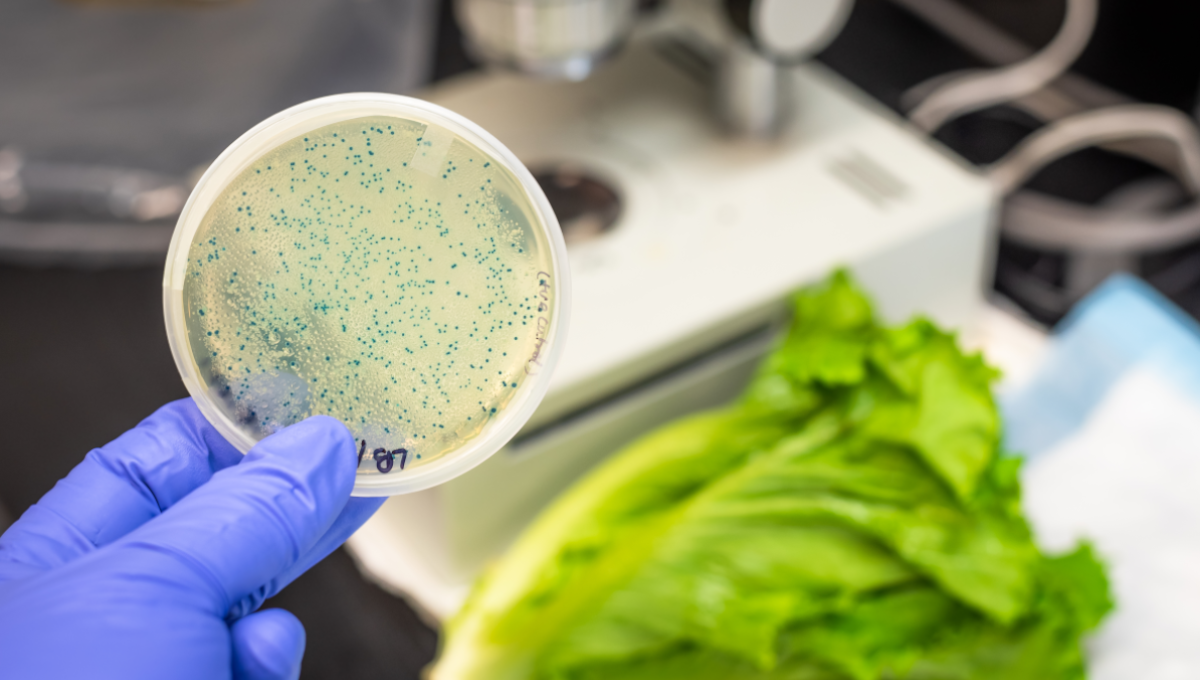The Centers for Disease Control and Prevention has identified a strain of E. coli bacteria that it considers persistent and causing illnesses over a long period.
An article in the September issue of the publication Emerging Infectious Diseases describes a strain of E. coli O157:H7 that caused a large outbreak in late 2019. The outbreak included 167 patients and hospitalized 85 people from 27 states. The outbreak was associated with consuming romaine lettuce from Salinas Valley, CA.
“Researchers at CDC sought to characterize E. coli from this outbreak and other closely related strains. This strain is estimated to have emerged in late 2015, causing multiple outbreaks from 2016-2019,” according to the article.
“An additional outbreak associated with this strain was detected in late 2020 after the conclusion of this study in which a reported 40 infections occurred in 19 states; 20 people were hospitalized, and four developed hemolytic uremic syndrome. CDC defined this strain as a reoccurring, emerging, or persistent strain causing illness over an extended time.”
The authors said healthy cattle serve as the main source for E. coli O157:H7, but more recently, contaminated leafy greens have been recognized as a major source for E. coli O157:H7 outbreaks.
Detailed genomic characterization of additional reoccurring, emerging, or persistent strains will be needed to explain factors contributing to their emergence and persistence in specific environments, according to the study’s author Jessica C. Chen and the research team.
E. coli O157:H7 bacteria cause an estimated 63,000 foodborne illnesses and 20 deaths in the United States each year. Those infections typically involve abdominal cramps, bloody diarrhea, and vomiting. However, a rare but serious condition called hemolytic uremic syndrome can develop, resulting in anemia and acute kidney failure.
(To sign up for a free subscription to Food Safety News,click here)

